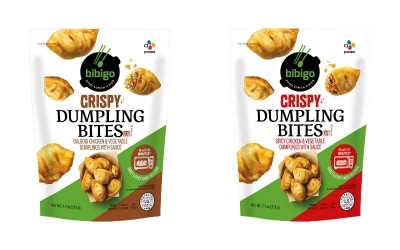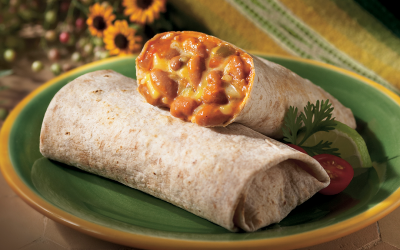Frozen department units falling faster than other grocery segments, Circana finds

“When you look at frozen from a dollar perspective, yes, good growth, but yet, not quite as strong as some of the other departments. And then when you look at unit sales, it is declining in brick-and-mortar, [growing] in e-com, but again, the declines are worse than the other departments. So, a lot of this is influenced by changing attitudes, motivation, shopping, and consumption actions.”
Frozen food units decline, consumers still concerned about prices
Year-over-year dollar sales in the frozen department are growing at the same rate as in the overall food and beverage category at 7%, but unit sales are falling faster -- dropping 4% in frozen cmpared to 2% in the overall category, according to Circana data for the 52 weeks ending Aug. 13, 2023.
Categories that saw the steepest declines year-over-year were frozen prepared vegetables, dropping 41%, followed by frozen seafood, appetizers, dinners, and entrees with a 6% drop; 5% for plain vegetables; 4% for novelties, 3% for meats and pies; and 2% for frozen poultry. The only category with unit growth was frozen processed poultry with a 3% increase, while frozen potatoes, onions, and fruit were flat.
Budget-conscious consumers who are trading down to manage inflation are driving down the overall demand for frozen food items, Wyatt explained. Consumers also are adjusting how much they are buying at one time, she noted.
Despite inflation coming down, lower- and middle-income consumers are still concerned about the economy, Wyatt noted. In a Circana consumer survey, 49% of lower-income households said they are financially worse off this year versus a year ago, and 60% said they are extremely concerned about food cost inflation. About half (52%) of middle-income households agreed they are extremely concerned about food cost inflation.
“The lower and middle income [consumers] are the ones that have been hit the hardest, and middle is really getting squeezed, and we're seeing more actions from them than even lower, but part of that is because lower-income [consumers] knew how to navigate the system. There are more ways of getting a little assistance for lower-income [consumers], whether it's SNAP or WIC, food pantries ... so they already had a way to navigate, and they're having to tighten and tighten and tighten and make some differences on discretionary spend.”
Is 'speed to table' the answer to the declines?
Despite the overall downward trend, Wyatt sees an opportunity for the frozen section to bounce back by providing meal shortcuts and increasing the “speed to table” at a time when consumers are looking for convenient meal solutions.
"One of the actions that's coming out of all of these traits is really finding lower-prep dinners, and frozen is perfect for this. So, you've seen that the time-intensive — the more invested dinners — those are on a decline based on our National Eating trends. Those that are one dish, or fast dinner fix, or no prep, ... have seen an uptick. So, we really think that this is an ... opportunity because consumers want to be able to get speed to table."
Frozen pizza, sandwiches, and poultry and meat have seen increased usage for dinners, because they provide a meal shortcut, Wyatt said. Frozen foods can also provide meal options for consumers at all hours, where foodservice might only be available at certain times of the day, she added.
The product categories that can benefit from these consumer trends are also ones that have been hit the hardest with declines, Wyatt noted.
"Ice cream, sherbet, appetizers, snack rolls, potatoes, onions, plain vegetables, and meat: Those categories are not faring well from a unit volume and dollars perspective. And I think that there's an opportunity that we rally around those because they serve such distinct purposes," Wyatt said. "There should be a huge opportunity to really use these [because] ... these are important for many reasons, but one is household penetration, especially ice cream [and] sherbet.”
















